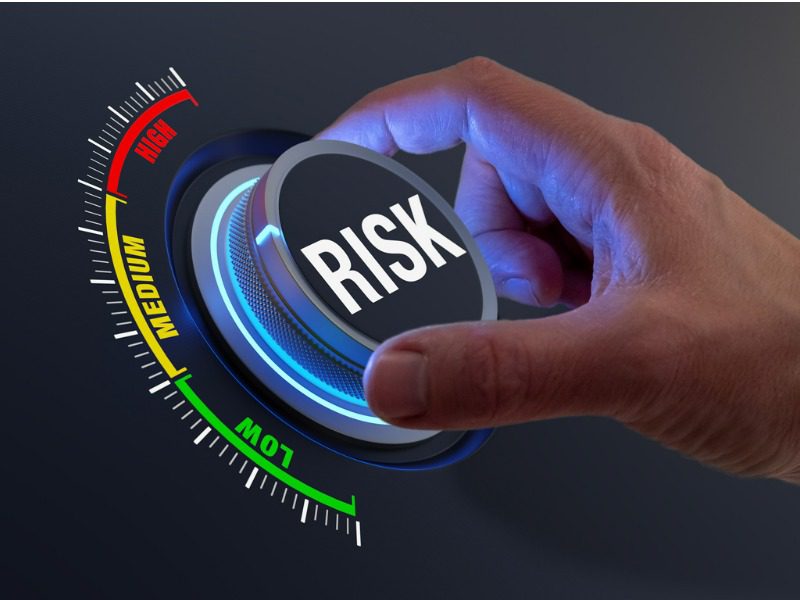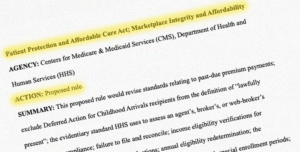How better risk controls have helped Canada’s P&C industry thrive

Over the past 20 years, a transition from traditional risk management approaches to enterprise risk management (ERM) helped Canada’s property and casualty insurance industry post stronger performance and financial health, compared with many other industries.
A recent Insurance Institute study noted this strong performance included reporting of an underwriting profit for every year but one since 2003, as well as no insolvencies since 2003.
“This new, holistic approach redefines the notion of risk itself, moving from actions to reduce the chance or probability of loss to focusing on managing the positive or negative effects of uncertainty on objectives,” the report said.
During an April 20 webinar discussing the report, Ian Campbell, vice president for operations at the Property and Casualty Insurance Compensation Corporation, said benchmark surveys they’ve conduced show most firms make regular use of ERM best practices.
Their survey respondents were asked a variety of questions to learn how companies are facilitating risk managers’ work, including:
Do they have access to the board of directors?
Does the organization have an ERM policy framework in place?
Is there a board approved risk-appetite statement in place?
Does the organization maintain a risk profile that lists all its material risks?
“We asked, for example, the person managing risks – is that person part of the executive management team?” Campbell told the webinar. “Is there a formal process in place for identifying new and emerging risks? And is enterprise risk management highly embedded in your organization?”
Darius Delon, president of Risk Management 101, told the webinar it’s also important to examine organizations to determine which risks are, in fact, material.
He noted ERM lets insurers look at an entire organization and examine its different divisions and departments to determine how the biggest risks might percolate to the top.
“You can’t address all of the 100 risks to the organization,” he said. “But on an annual basis, if you have three or five new risks that are identified or that need better controls, you can actually assign resources to those – people, money, time – to actually better manage those risks.”
Feature photo courtesy of iStock.com/NicoElNino




